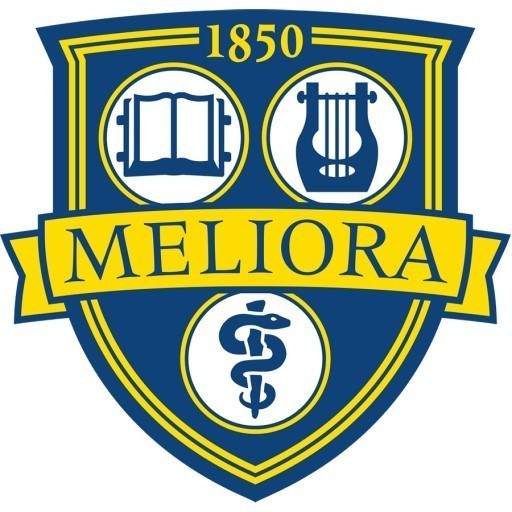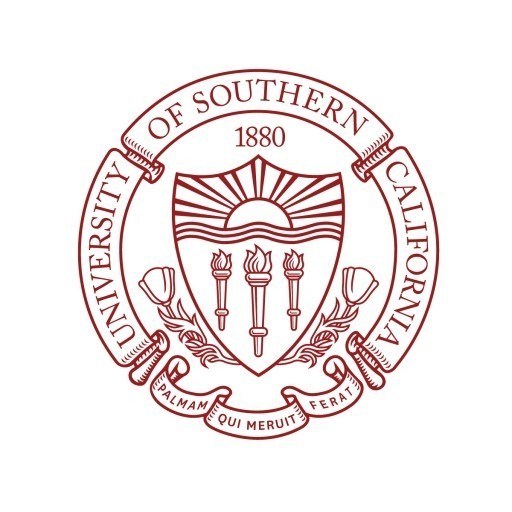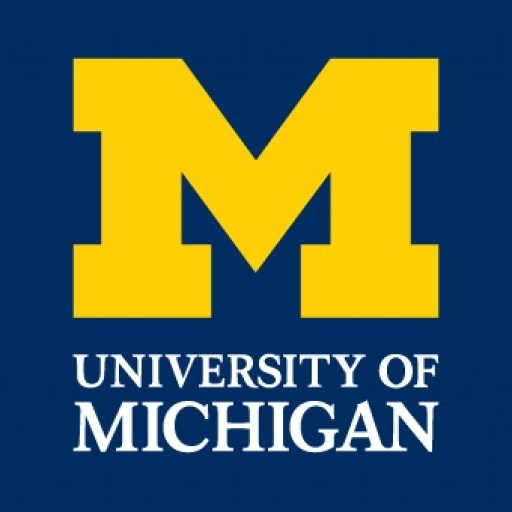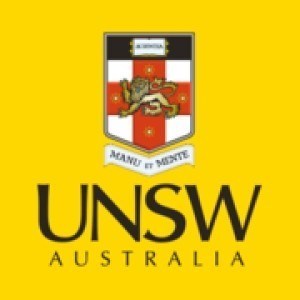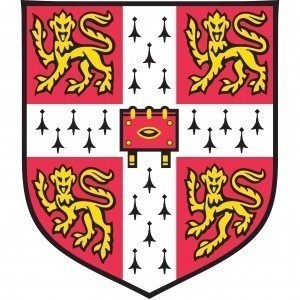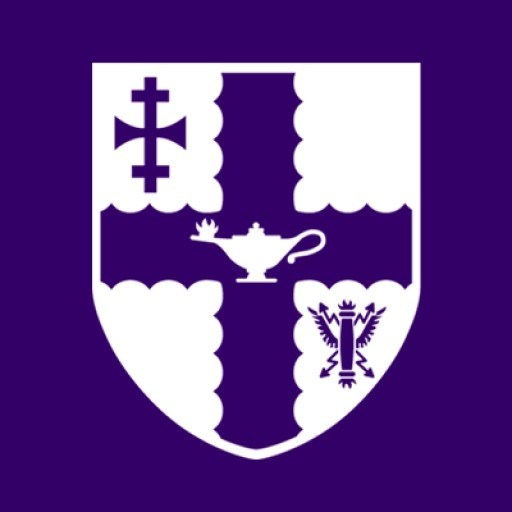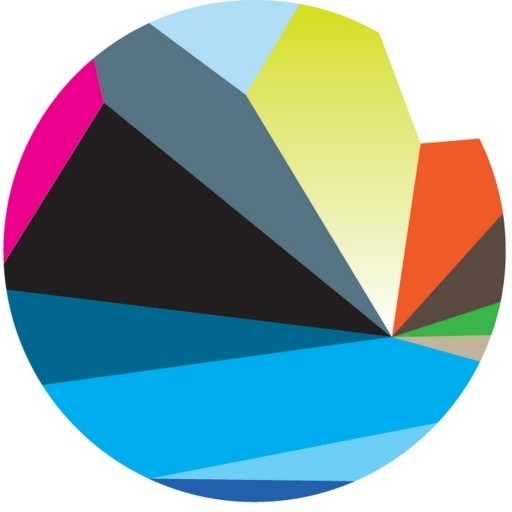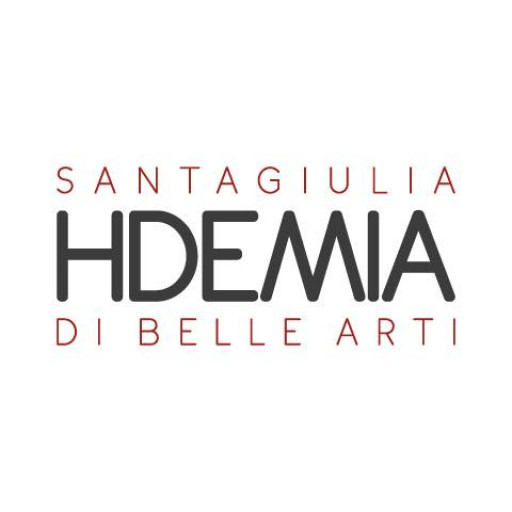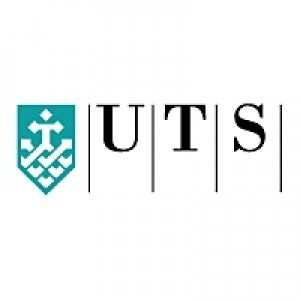Photos of university / #urochester
The Visual and Cultural Studies program at the University of Rochester offers an interdisciplinary approach to studying visual culture, art, media, and their social and historical contexts. This program is designed to provide students with a comprehensive understanding of the ways images, objects, and visual practices shape individual and collective identities, cultural narratives, and societal values. Through engaging coursework, students explore diverse topics such as the history of art and architecture, contemporary media, digital culture, film studies, and visual theory. The curriculum encourages critical thinking, analytical skills, and a deep appreciation for the role of visual media in everyday life. Students are also given opportunities to develop practical skills in visual analysis, research methodologies, and creative expression. The program prepares graduates for careers in museums, galleries, media industries, arts administration, education, and academia. It emphasizes the importance of cultural awareness, ethical considerations in visual representation, and the impact of digital technology on visual culture. Students enrolled in Visual and Cultural Studies benefit from a dynamic learning environment that promotes intellectual curiosity, interdisciplinary inquiry, and active engagement with cultural practitioners and communities. With access to the university’s extensive resources, including special collections, art galleries, and media labs, students can undertake original research, participate in exhibitions, and collaborate on projects that bridge theory and practice. The program aims to cultivate insightful, culturally aware individuals equipped to interpret and influence the visual landscape of the contemporary world.
Students pursuing a doctoral degree are required to fulfill ninety credit hours of study, including sixty credit hours of coursework (normally fifteen classes) and thirty credit hours in Ph.D. research.
Coursework is composed of:
- The Colloquium in Visual and Cultural Studies (required for first-year students)
- Four core courses in critical theory
- Four core courses in visual studies
- Six electives
Coursework will normally require five semesters of study. Students are required to take a language examination, usually in a language that will be relevant to their research, and it must be successfully completed before the Qualifying Examination.
After completing the ninety credit hours of study, students take the Qualifying Examination. Under the supervision of a faculty committee (two from the VCS Program and at least one from outside the Program), students prepare for their Qualifying Examination.
Preparation includes:
- A prospectus outlining their dissertation project, a summary of what will be covered, and a description of each chapter.
- A comprehensive bibliography, divided into sections representing the main body of literature that have informed the student's thinking.
- A draft chapter of the dissertation.
The student then meets with the faculty committee to discuss the dissertation project, their previous coursework, and general reading. Following the completion of the examination, the student presents his or her work to the other graduate students in a special seminar.
Students work closely with their advisor and other committee members on the research and writing of their dissertations, submitting draft chapters regularly in order to get feedback and suggestions. Work on the dissertation may take two or more years after the completion of the examination, depending on whether the student can work full-time on it or not.
Core Theory Courses
- THE MODERN CITY
- SENIOR SEMINAR: FIGURE, SHAPE, SELF
Core Visual Studies Courses
- THINKING THROUGH THE COPY
- ART AND ENVIRONMENT
- HISTORY OF PHOTOGRAPHY: 1839-1915
- FILM HISTORY: 1929-1959
- IMPRESSIONISM & POST-IMPRESSIONISM
- CLOCKS AND COMPUTERS: VISUALIZING CULTURAL TIME
- CONTEMPORARY CHINESE ART
- ATOMIC CREATURES: GODZILLA
- HAYAO MIYAZAKI AND PLANET GHIBLI
- LATIN AMERICAN FILM
ELECTIVES
- THE ART MARKET
- CULTURE ON DISPLAY
- CHINESE SOCIETY AFTER MAO
- ANXIETY, IDENTITY, FANTASTY: TOPICS IN "TRADITIONAL" JAPANESE CULTURE
- THE MONSTROUS FEMININE
- MEDIEVAL OTHERWORLDS
- METAPHYSICAL POETRY
- NINETEENTH-CENTURY BRITISH NOVEL
- STUDIES IN NINETEENTH-CENTURY LITERATURE
- AMERICAN REALISTS
- AFRICAN AMERICAN AUTOBIOGRAPHY
- THE GREAT WAR REVISITED
- AUTHORS, EDITORS & THE LITERARY MARKETPLACE
- FILM HISTORY: EARLY CINEMA
- THE MATTER WITH MEN IN FILM AND SOCIETY
- STUDIES IN TRANSLATION
- SARTRE & HEIDEGGER
- BAUDELAIRE: “LES FLEURS DU MAL”
- MICROHISTORY
- HISTORY OF ADVENTURE
- SLAVERY IN LATIN AMERICA
- WOMEN’S LIVES AND LETTERS, AMERICA 1830-1880
- AMERICA AND THE WORLD TO 1865
- AMERICAN HEALTH POLICY & POLITICS
- MODERN JAPANESE LITERATURE IN TRANSLATION
- SOCIAL & POLITICAL PHILOSOPHY
- THEORY OF KNOWLEDGE
- DARWIN & RELIGION
- DEONTIC AND EPISTEMIC MODALITY
- READING FABLES & TELLING TALES IN EARLY MODERN SPAIN
- (RE) WRITING GENDER IN SPANISH-AMERICAN LITERATURE
Requirements
- Three letters of recommendation (uploaded to the application per instructions)
- Official transcripts (minimum GPA is 3.0)
- Curriculum vitae
- Official GRE and TOEFL (or IELTS) test scores should be uploaded to the application and official copies should be mailed to the University for verification
- Other than the test scores, documents that are uploaded do not need to be mailed to the department
- The GRE General Test is required and should be taken in time for the admissions committee to receive score results by the January 1 deadline. We look for applicants to score at least a 145 on the Verbal, a 158 on the Quantitative, and a 3.0 on the Analytical Writing. The institution code is 2928 and the department code is 1603.
- All foreign applicants whose native language is not English must take the TOEFL and achieve a minimum score of 250 for the computer-based test (CBT), 600 for the paper-based test (PBT), or 100 for the Internet-based test (IBT), unless they are graduates of a US undergraduate program. IELTS scores can be accepted in place of the TOEFL with a minimum score of 7.0.
Scholarships
Tuition scholarships are offered to most doctoral candidates, for their coursework and research credits. In addition, the Visual and Cultural Studies Program awards teaching and research assistantships to all students in the Program for their first four years of study. (The current stipend is $18,000 per annum per student.)
Fellowships
There are also certain University fellowships for which students may be nominated. The University awards Sproull Fellowships and Provost's Fellowships on a competitive basis, for up to two years. The Susan B. Anthony Institute for Gender and Women's Studies offers small research and travel grants to graduate students working in the area of women's studies.
The University can also nominate students for awards and fellowships, including the Samuel H. Kress Fellowship, administered by the Center for Advanced Study in the Visual Arts at the National Gallery of Art in Washington, DC.
Visual and Cultural Studies at the University of Rochester offers a comprehensive interdisciplinary program focusing on the analysis and interpretation of visual media and cultural artifacts. The program aims to equip students with critical skills to examine visual culture within historical, social, and political contexts. Students explore a variety of topics including art history, media studies, cultural theory, and visual literacy, enabling them to understand the significance of images and visual practices in shaping societal narratives.
The curriculum emphasizes critical thinking, theoretical analysis, and hands-on engagement with visual materials. Courses may include studies in contemporary art, traditional and digital media, photography, film, and visual culture theory. Students are encouraged to develop their own analytical perspectives and engage actively with current discourses in the field. The program often integrates innovative pedagogical approaches, combining lectures, seminars, and experiential learning.
Graduates from the Visual and Cultural Studies program at Rochester are well-prepared for careers in museums, galleries, media organizations, and cultural institutions. Many also pursue advanced degrees in disciplines such as art history, media studies, or cultural analysis. The program benefits from Rochester’s vibrant academic environment, including access to extensive collections, research centers, and collaborations with faculty engaged in cutting-edge research.
In addition to coursework, students may participate in internships, exhibitions, and research projects that provide practical experience relevant to careers in visual culture. The program values diversity of thought and promotes an inclusive academic atmosphere where students can critically explore diverse cultural expressions. Overall, the program aims to develop perceptive, articulate, and culturally aware individuals capable of analyzing visual phenomena within their broader societal impact.
